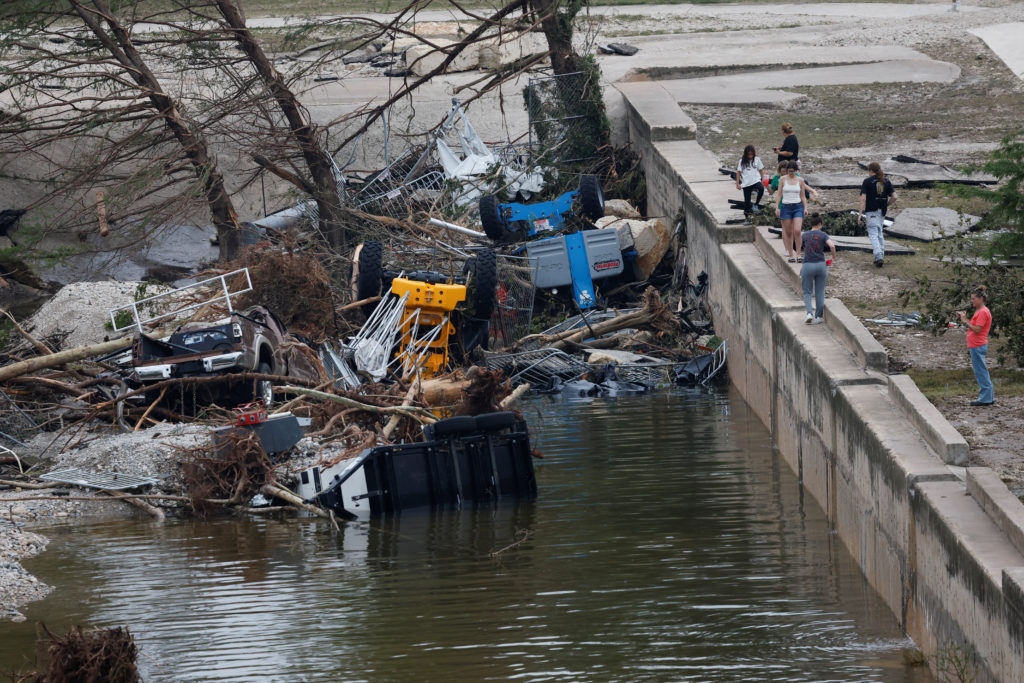Only a Small Percentage of Homeowners Are Financially Protected
Despite nearly every U.S. county experiencing flooding in recent decades, only 4% of homeowners nationwide have flood insurance. This gap leaves millions exposed to potentially devastating losses, as standard home insurance typically excludes flood damage.
While federal disaster aid may provide some support, it usually covers only a portion of the costs. As a result, many affected individuals are left to rebuild on their own after severe storms.
Climate Change Intensifies Inland Flooding
Heavy rainfall events in Texas, New Mexico, and North Carolina this past week have highlighted the increasing frequency of intense rainstorms. A warmer atmosphere holds more moisture, leading to shorter but more powerful storms that overwhelm infrastructure.
Insurance Options and Rising Premiums
Flood insurance is available through FEMA’s National Flood Insurance Program (NFIP), which offers coverage of up to $250,000 for residential properties and $500,000 for businesses. Policies can also include contents such as furniture and clothing.
However, eligibility is limited to communities that meet specific development standards. Additionally, a new pricing model introduced by FEMA has increased premiums in some high-risk areas, as it now factors in both property value and individual risk.
Affordability Becomes a Barrier
In regions like Louisiana’s Plaquemines Parish, annual premiums have surged to over $5,000, a burden especially heavy for low-income homeowners. While private insurers have started reentering the market, they still represent only a small share.
For many, going without flood insurance is a gamble. Yet misconceptions persist—some believe coverage is unnecessary if they’re not in a designated flood zone. Experts argue that flood risk exists almost everywhere, and proactive protection could help reduce future losses.







